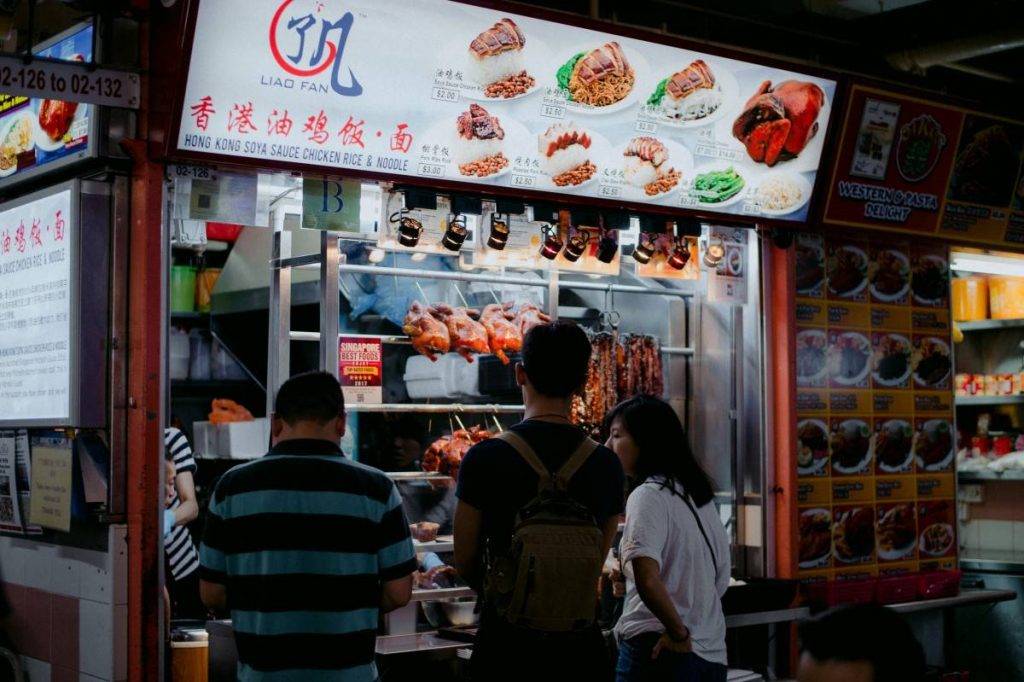Singaporean cuisine is known for its unique blend of flavours and diverse culinary influences. However, many dishes are high in cholesterol and unhealthy fats, which increases the risk of heart disease and other health problems. How do we make Singaporean food healthier?
According to the National Population Health Survey 2020, the prevalence of high blood cholesterol in Singaporeans has increased from 25.2 per cent in 2010 to 39.1 per cent in 2020. This is a worrying trend, as high blood cholesterol is a major risk factor for cardiovascular disease. High blood cholesterol is responsible for approximately one in three deaths in Singapore every year.
Dr Low Lip Ping, a cardiologist and chairman emeritus of the Singapore Heart Foundation, highlights the importance of addressing high blood cholesterol. “The incidence of high blood cholesterol in our population is worrying. High blood cholesterol is a silent killer as it usually does not present any symptoms. But it is, at the same time, one of the most modifiable risk factors for cardiovascular disease”, she stated
To help you enjoy your favourite Singaporean dishes in a healthier way, we’ve compiled some tips and suggestions to reduce cholesterol and improve overall nutrition.
Tips
1. Use leaner cuts of meat
One of the simplest ways to reduce cholesterol intake is to choose leaner cuts of meat. Instead of using fatty cuts of pork or beef, opt for skinless chicken breast or fish in dishes such as chicken rice or fish head curry. A 3-ounce serving of roasted chicken breast contains only 70 milligrams (mg) of cholesterol, compared to 88 mg in the same serving size of roasted duck. Similarly, fish such as salmon or mackerel are excellent sources of omega-3 fatty acids that can help lower cholesterol levels.
2. Use healthy cooking methods
Another key to healthy eating is to use healthier cooking methods. Instead of deep-frying, try baking, grilling, or steaming your food. A 3-ounce serving of deep-fried chicken contains around 70 mg of cholesterol, while the same serving size of baked chicken contains only 65 mg of cholesterol. In dishes such as fried rice or stir-fried noodles, use less oil or healthier oils.
3. Use healthier oils
Using healthier oils can also help lower cholesterol levels. Instead of using coconut or palm oil, which is high in saturated fats, opt for healthier oils such as olive or sunflower oil. These oils contain unsaturated fats that can help lower cholesterol levels.
4. Use less salt
Many Singaporean dishes are high in sodium, which can increase the risk of high blood pressure and other health problems. To reduce your sodium intake, try using less salt or MSG in your cooking. Dishes such as char kway teow or bak kut teh can be high in sodium, so consider reducing the amount of salt or soy sauce used in these dishes. You can also try using other seasonings such as herbs, spices, or citrus to add flavour to your dishes without adding sodium.
5. Increase vegetable and fruit intake
One of the best ways to improve your nutrition and lower your cholesterol intake is to increase your intake of vegetables and fruits. Vegetables and fruits are excellent sources of fibre, vitamins, and minerals, and can help lower cholesterol levels. Singaporean dishes such as stir-fried vegetables or fruit salad are great ways to incorporate more produce into your diet. Dishes such as laksa or satay can be made healthier by adding more vegetables or swapping out meat for tofu.
By following these tips, you can make Singaporean food healthier and lower your cholesterol intake. Instead of giving up your favourite dishes, try making simple swaps or modifications to improve the overall nutrition of your meals. With a little creativity and experimentation, you can enjoy the delicious flavours of Singaporean cuisine by making Singaporean food healthier while also promoting your health and well-being.

